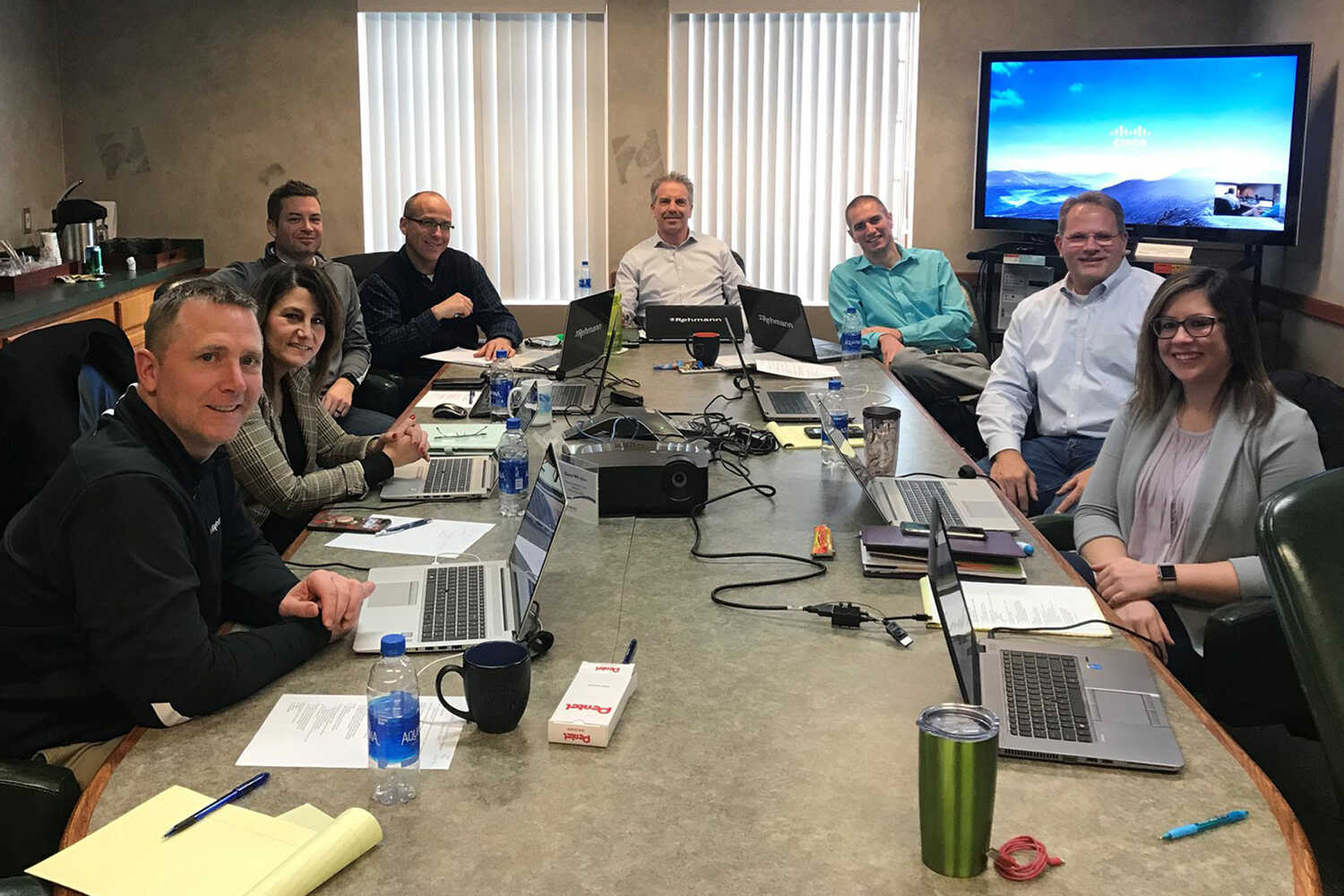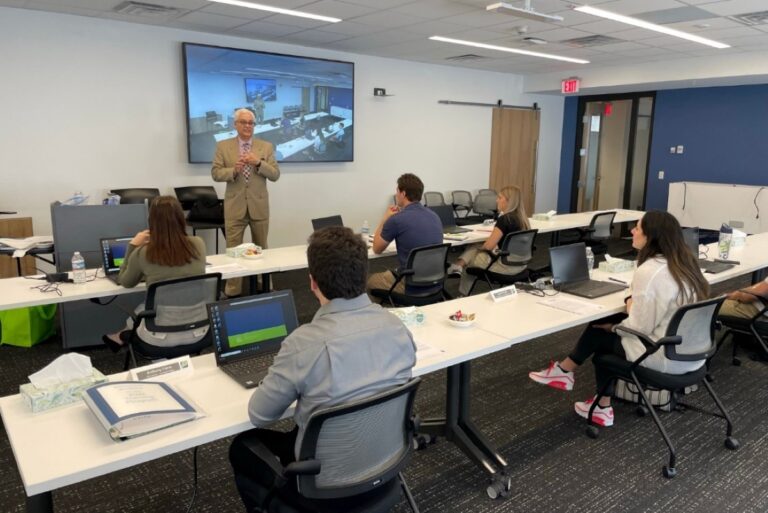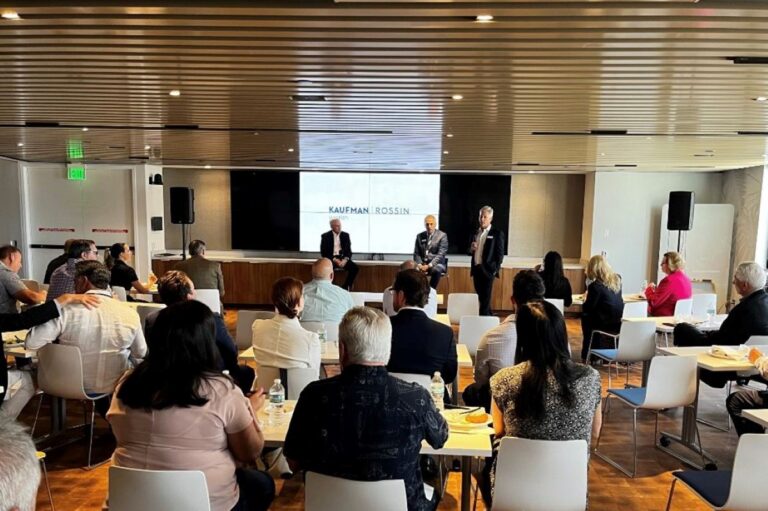Proven Strategies to Fuel Website Conversion Rate That You Should Never Overlook
What is the most effective way to improve your conversion rate? Originally appeared on Quora: the place to gain and share knowledge, empowering people to learn from others and better understand the world.
Yes, there are a number of powerful strategies you can use, preferably in combination. I’m presuming you’re referring to increase conversion rates on your website.
These are the top 10 strategies to increase conversion rates I recommend for clients we work with.
1. Ensure You Have a Mobile-Optimized Website
It’s now essential for your website to be mobile-optimized.
The first stage of this is mobile compatibility. In other words, your site needs to adapt itself properly for mobile users.
If it doesn’t, you’re potentially losing half your traffic. Either your site will be excluded from Google’s mobile search index, or any visitors you do attract will quickly reverse when they can’t use your site properly.
Check mobile compatibility via Google’s Mobile-Friendly Test tool.
The second stage is mobile optimization. This is where your site is optimized to achieve the maximum number of conversions from mobile devices.
There are multiple check points to achieve this – we use dozens for clients – but here are a few:
- Menu navigation using the ‘burger’ standard
- Clear margins around links and buttons to enable easy tapping
- Optimized images to ensure fast and easy loading
- Using mobile-appropriate input types for form fields
- ‘Tap to call’ buttons
- And many more.
2. Optimize Your Website’s Copy
Most websites I look at for clients have issues with headlines and other copy. Some simple changes lead to significant improvements in conversion rates.
Headlines for example must be benefit-focused, compelling, and designed to grab the visitor’s attention immediately.
Five times as many people read the headline as the rest of the copy on a page – so getting this part right is crucial.
Many pages also miss a clear call to action for the visitor. In other words, it’s unclear what the visitor needs to do when on the page. As a consequence, many just leave after taking no action.
However, it’s not just the words on the page.
There also needs to be synergy between the copy and overall design. As the page is designed, the copy usually needs some fine tuning and adjustment so it all works together to maximise conversions.
With effective copy on a page that’s properly designed for marketing, the effect on conversions is often dramatic. It’s not uncommon to double or more the conversion rate on the page.
3. The Importance of Video
I’m sure you’ve noticed – the online world is increasingly dominated by video.
With the proliferation of video through YouTube and across most social media channels, people now expect video on other websites they visit. Many now need it in order to gain and retain their attention – otherwise they simply leave.
By engaging visitors as soon as they arrive with video, you have a much higher chance of getting a conversion event of some kind, such as capturing their email, and beginning the relationship with them.
Video is therefore highly recommended, particularly on your website’s home page. Optimal positioning is usually top left of the screen:
However, it’s important how the video is put together. If it’s not done in the right way, it can harm rather than improve your conversions.
4. Test, Test, Test
A process of continual testing on your website is absolutely crucial for improving your conversion rates over time, and understanding what your market responds to.
A single test of say a more effective headline, or an improved form designed to maximize conversions, can easily double or more your conversions on the page.
Even with smaller increases, it only takes lifts of 20%, 30% and 30% over three separate tests to double your conversions overall.
You can run numerous tests on your site through a tool such as Google Optimize:
However, testing should not be confined just to your website itself. You should also be testing the supporting marketing processes, such as within any follow-up sequence sent to leads.
For example, you may find through testing that a particular subject line leads to a 40% increase in opens. Through an entire sequence of messages, the difference this kind of testing can make to your bottom line can be profound.
5. Authority and Credibility
Potential customers look for some kind of authority and credibility before doing business with you. It helps to negate their sense of risk.
Improving your authority and credibility leads directly to conversion rate increases.
This can be achieved through social proof, such as testimonials, your social media presence, referrals from others, and so on.
Or it might be provided through content you’ve published, from a book you wrote, from your regular communication with them over time, and more.
A large part of the authority and credibility you achieve in your visitor’s mind is created before they even arrive on your website.
Your website needs to support this sense of trust they may already have before they arrive. Unfortunately, many websites instead negate it through various factors such as a slow-loading site, poorly crafted copy or design issues.
6. The Power of Follow Up
It’s surprising the number of businesses that have inadequate – or even any – follow up with potential customers.
This can be through email, social media, direct mail or even retargeting ads on appropriate networks for your business.
For most people, it takes several contact points with your business before their trust develops to the stage where they’re prepared to make a purchase.
Many businesses simply send far too few emails, fearing they will somehow damage their relationship with their list if they send more, and cause people to unsubscribe.
In truth, sending emails more frequently – presuming they’re useful and appropriate – both improves your relationship with your list, and increases your conversions.
Sure, people will unsubscribe, but only those who weren’t a good match for your business in the first place.
The relationship you have with your list is far more important than list size. List size is largely a vanity metric and relatively meaningless. The relationship you have with your list is far more important.
7. Multi-Channel Communication
Businesses often solely rely on email communication – but it’s just one channel.
Trust from potential customers increases when they are communicated with across multiple channels, and they see you in multiple places.
Direct mail is one such opportunity for many businesses.
But there are lots in the digital space too, from social media channels to content platforms like YouTube, here on Quora, Medium, SlideShare, and so on.
By building audiences across multiple channels, you’re building social proof, along with authority, influence and trust, all of which drive up your conversion rates.
8. Maximizing Page Speed
There’s a direct correlation between how long a web page takes to load and the conversion rate on that page.
One of the quickest ways to improve your conversion rates is to reduce your page load time.
Studies have shown:
- Every 1 second improvement in load time can improve conversions between 7% and 27%.
- Around half of customers expect a web page to load in less than 2 seconds.
Mobile users in particular need fast loading web pages or they’ll simply head elsewhere.
You can check you’re the speed of your site via Google’s PageSpeed Insights tool.
The problem is, a lot of web developers don’t pay much attention to page speed times, and can create sites with quite a few issues in this regard.
Business owners aren’t generally too aware of the impact page speed can have on their conversion rates, and so don’t hold them to account.
The good news is that resolving this issue can be a big opportunity for some significant conversion rate improvements.
Plus it usually improves search visibility too. Google won’t push sites up the listings, especially on mobile, that deliver a comparatively slow user experience. Speaking of which…
9. Improving the User Experience
Visitors who find it hard to click around your website and locate what they’re looking for, will simply go elsewhere. This has a big impact on conversions.
The user experience includes, among other factors:
- Page speed, as previously discussed.
- Site navigation.
- If you’re in ecommerce, the number of steps in your checkout process (I see sites all the time with far too many, directly harming their conversions).
- The number of fields in forms – each additional field reduces response, often considerably. Longer forms often convert better when split into two steps or more.
10. Analyzing Your Analytics
Assuming they’re set up correctly of course, your web analytics are a treasure trove of invaluable information you can effectively mine to
- Improve how your website works
- Grow your conversion rates
- Improve the performance of your business over time.
The majority of businesses only access and use a fraction of what they otherwise could to improve how their website performs and the amount of revenue it generates.
For improving conversion rates, you can measure factors such as:
- The conversion rate of key actions visitors take, such as clicking a button, watching a video (and how long for), and making a purchase.
- The time visitors spend on specific pages.
- The amount of revenue different pages generates.
- The amount of time a visitor to a page takes before a button is clicked – or some other conversion event occurs.
Expert analysis of this kind of data can lead to changes on your site that can improve conversion rates, often significantly.
Contributed by Stephen D Shaw, Digital entrepreneur, SaaS creator takanomi.com









